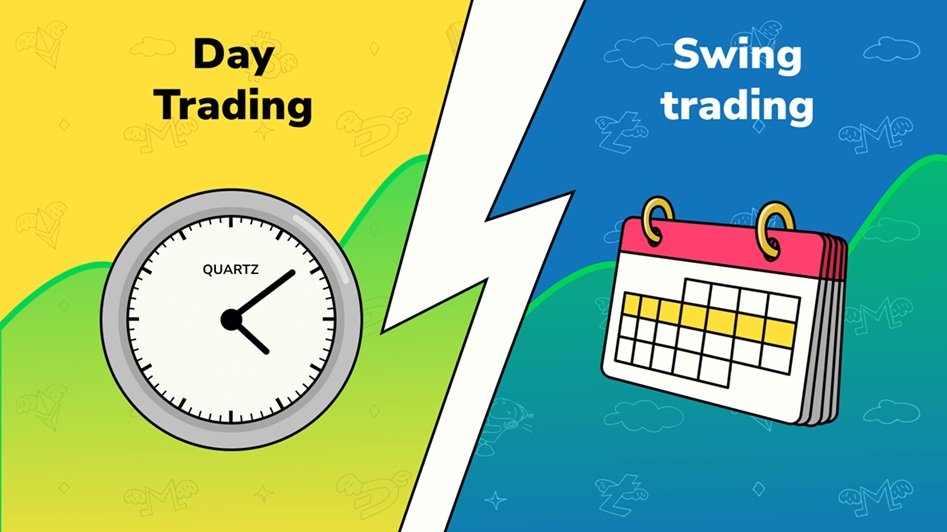Trading currencies can be one of the most exciting financial ventures because it combines real-time decision-making with long-term strategic planning. For traders interested in emerging market currencies, the USD/MXN pair stands out as a compelling option. The U.S. dollar and Mexican peso represent two highly liquid currencies influenced by trade flows, interest rates, and global economic sentiment. But when it comes to actually trading this pair, a common question arises: Is it better to approach it with a day trading mindset or a swing trading strategy?
Both methods offer unique advantages, but they also come with challenges that require different levels of patience, discipline, and market analysis. Understanding these two approaches will not only clarify your trading style but also help you determine how to best capture opportunities within USD/MXN movements.
Understanding Day Trading with USD/MXN
Day trading focuses on capturing short-term price movements, usually within a single trading session. Traders open and close positions within hours, or even minutes, rarely holding them overnight. This style of trading relies heavily on technical analysis, price action, and volatility to identify profitable opportunities.
When applied to USD/MXN, day trading can be particularly appealing because this currency pair often reacts strongly to intraday news releases such as U.S. Federal Reserve announcements, Mexican economic data, or shifts in oil prices, which play a significant role in Mexico’s economy. Sudden moves in either direction can present quick entry and exit points for disciplined day traders.
The main advantage of this strategy is the ability to avoid overnight risk. Since day traders close all positions before markets settle for the day, they are less vulnerable to unexpected geopolitical events or late-night policy decisions that could cause dramatic gaps in pricing.
Exploring Swing Trading in USD/MXN
In contrast, swing trading focuses on medium-term trends. Instead of chasing minute-by-minute price action, swing traders hold positions for days or even weeks, aiming to profit from larger market moves. This strategy relies on a blend of technical analysis and fundamental insights, such as interest rate differentials, inflation trends, or changes in trade policies between the U.S. and Mexico.
For the USD/MXN pair, swing trading can be advantageous because this currency is often influenced by broader economic cycles. For instance, if the U.S. economy shows signs of strengthening, demand for the dollar could push USD/MXN higher over several days. Conversely, if Mexico’s central bank adopts a more aggressive stance on interest rates, the peso may gain, creating opportunities for traders willing to hold positions longer.
Swing traders are less concerned with the noise of short-term price spikes. Instead, they look for patterns that suggest sustainable momentum. This slower pace allows for more thoughtful decision-making and requires fewer trades, reducing the impact of transaction costs.
Comparing Day Trading and Swing Trading
Deciding between day trading and swing trading USD/MXN ultimately depends on your personality, time commitment, and risk tolerance. Day trading offers faster results and potentially more frequent profits, but it demands intense focus and quick reflexes. Swing trading provides more flexibility and relies on broader market analysis, but it requires patience and the ability to manage overnight risks.
Liquidity is another factor to consider. The USD/MXN pair is liquid but can have wider spreads compared to major pairs like EUR/USD. This means day traders must account for trading costs more carefully, while swing traders might be less affected since they execute fewer trades over longer periods.
Risk management is equally critical in both strategies. For day traders, strict discipline in setting stop-loss orders ensures that a few losing trades do not wipe out gains. Swing traders, meanwhile, need to size their positions appropriately to withstand multi-day swings without exceeding their risk tolerance.
Which Strategy Fits You Best?
The choice between day trading and swing trading comes down to your individual goals and lifestyle. If you thrive on quick decision-making, have the time to monitor charts throughout the day, and are comfortable managing rapid trades, day trading could align well with your strengths. On the other hand, if you prefer a more measured pace, enjoy analysing economic fundamentals, and can hold positions patiently to capture larger trends, swing trading may be more suitable.
It is also worth noting that some traders adopt a hybrid approach, shifting between day trading and swing trading depending on market conditions. For example, a trader might swing trade during periods of steady trends in USD/MXN, while switching to short-term strategies during times of heightened volatility around economic announcements.
For those looking to explore this dynamic currency pair further, resources on USD/MXN provide deeper insights into current trends, market drivers, and technical setups that can support both strategies.
Final Thoughts
Both day trading and swing trading offer viable pathways for trading USD/MXN, but each requires a different mindset and level of commitment. Day trading demands focus, speed, and discipline, while swing trading requires patience, long-term vision, and comfort with overnight exposure. Neither approach is inherently better—the key is choosing the one that aligns with your strengths, goals, and availability.











